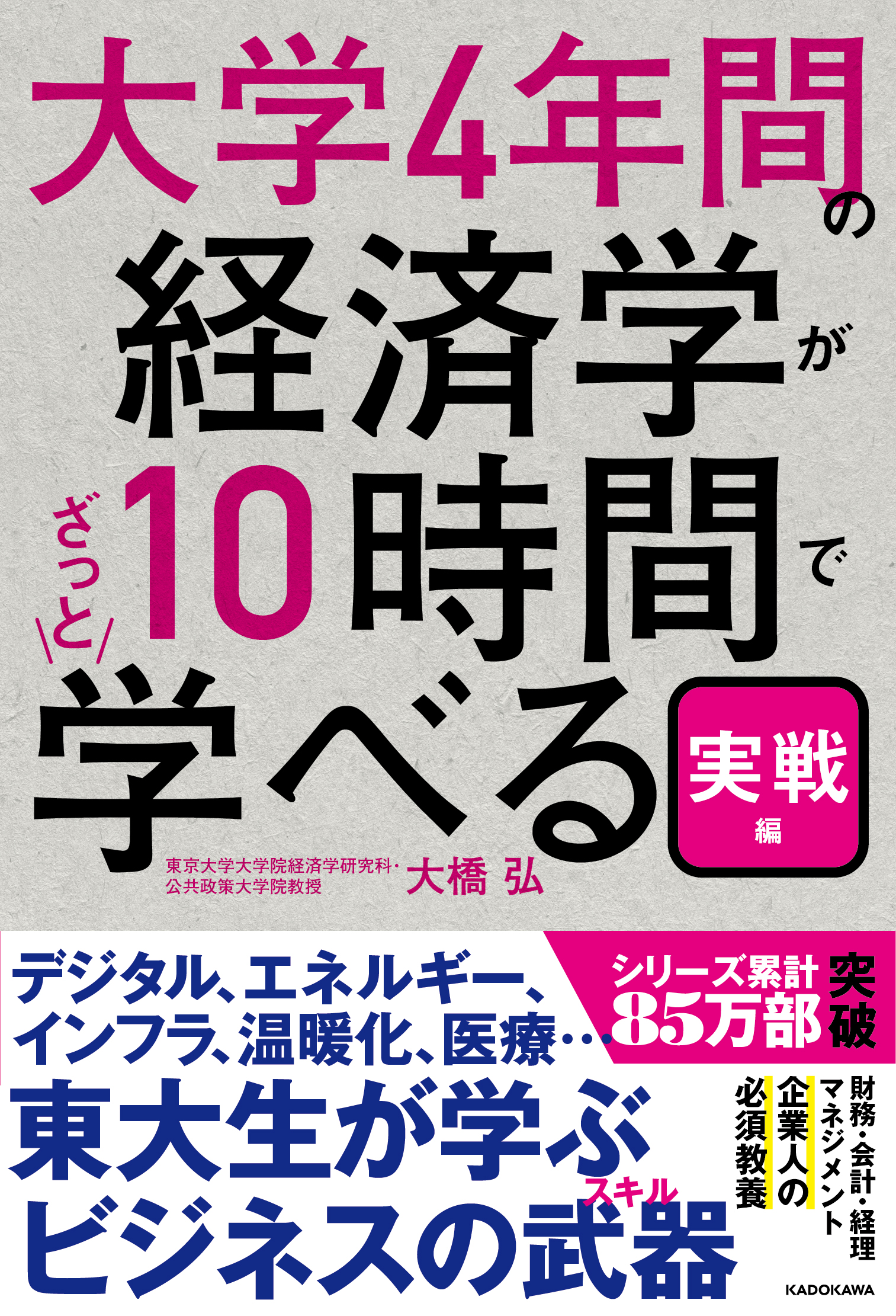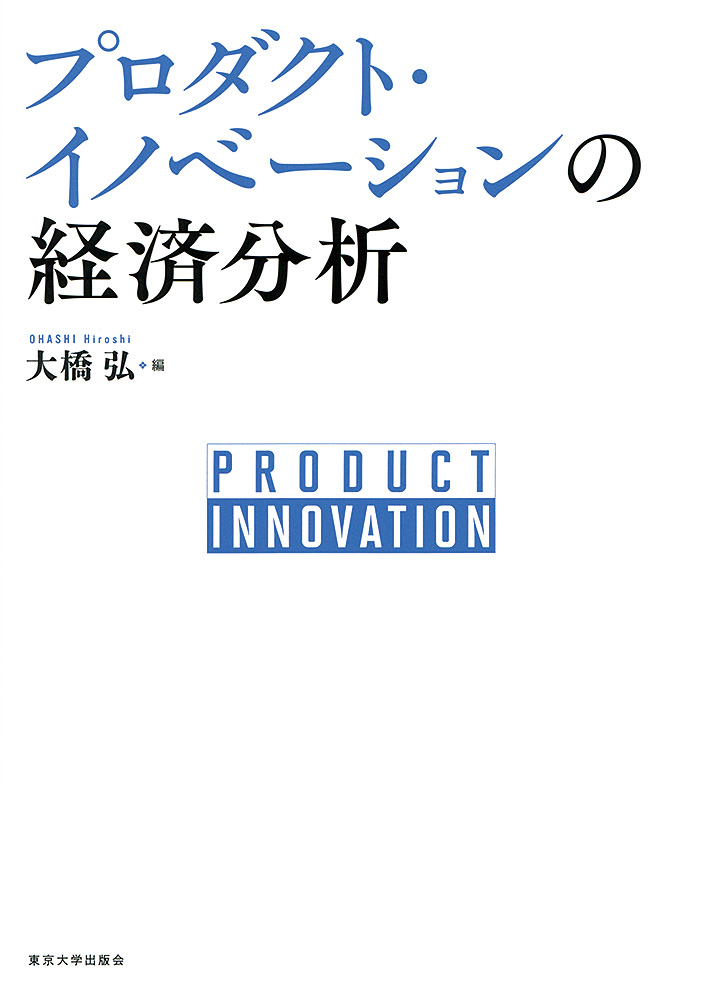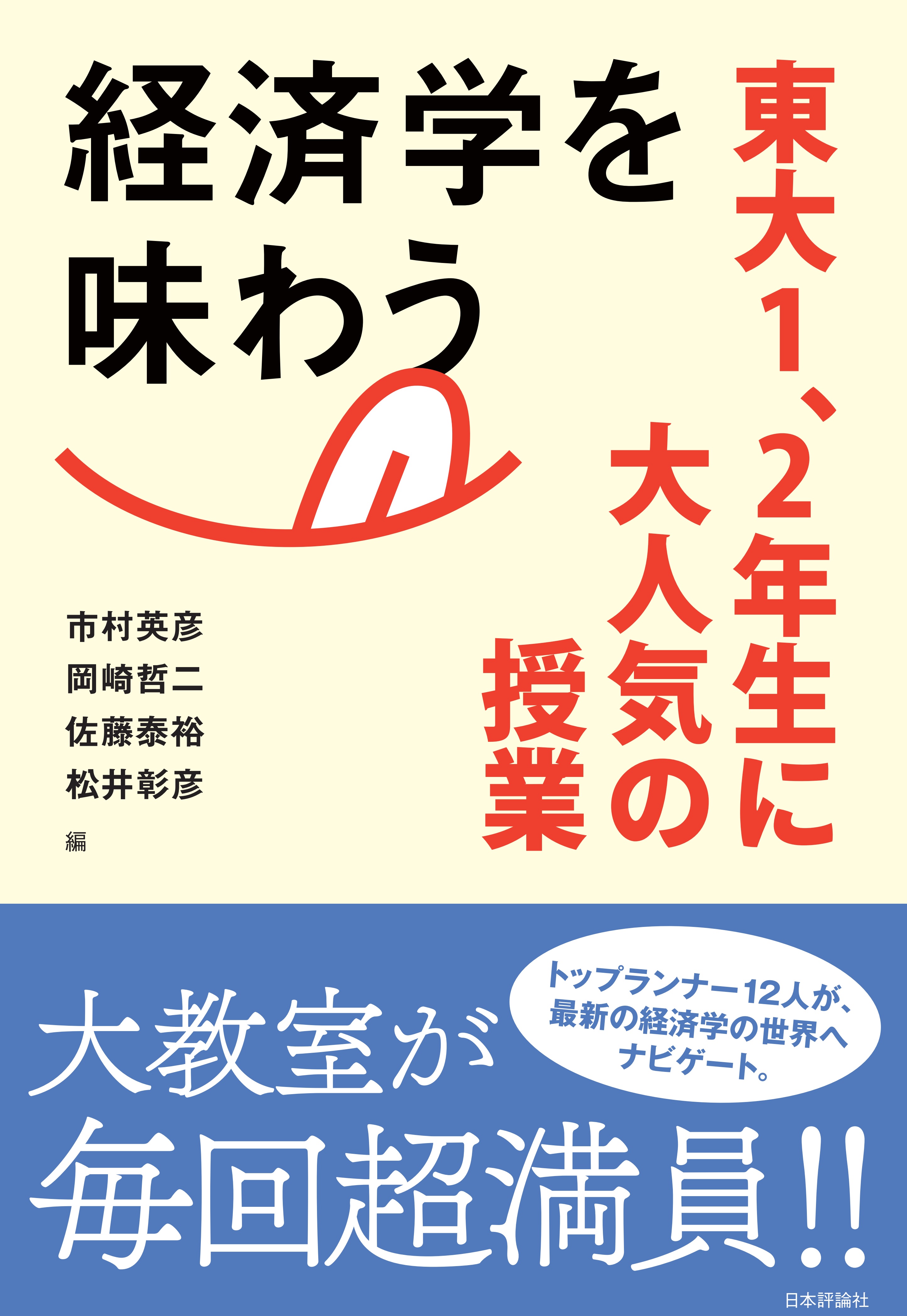
Title
Kigyo no keizai gaku (Economics of corporations - Introduction to industrial organization)
Size
560 pages, A5 format
Language
Japanese
Released
June, 2023
ISBN
978-4-535-55961-5
Published by
Nippon Hyoron sha co., Ltd.
Book Info
See Book Availability at Library
Japanese Page
With the change in the classification of SARS-CoV-2 to a less severe Category 5 infectious disease in May 2023, Japan entered a post-COVID-19 phase in which recovery in social and economic activities was viewed as a certainty. However, the economic and social environment in Japan has changed drastically since the pre-COVID-19 period.
In Japan, the market led by domestic demand is shrinking as the population declines and ages at an accelerated pace, whereas shortfalls in supply capability have begun to be observed in a wide range of industries owing to management shortages. Japan has also been making steady progress in digitalization, although it was once regarded as a latecomer in this area. Awareness of global warming and the importance of a carbon-neutral circular economy are steadily increasing around the world. There is also a need to ensure economic security and prepare for contingencies that may arise from the current geopolitical divide.
What management strategies should companies adopt in this changing environment? How will the industrial structure change as a result? When considering these questions, it is essential to understand the corporate behaviors that support economic activities. Kigyo no keizai gaku sangyo soshiki nyumon serves as a textbook that provides the foundation for considering contemporary issues.
This book is a Japanese translation of Introduction to Industrial Organization (second edition) authored by Luis Cabral, who teaches at New York University. The translation was handled mainly by economists associated with the Japan Fair Trade Commission (JFTC) and supervised by Reiko Aoki, a JFTC commissioner, along with the author of this article. This book meticulously describes the means by which companies achieve business objectives. It contains numerous case studies (many of which are from overseas) in addition to various exercise questions, which the author believes will facilitate the reader’s understanding of these issues.
One of the topics covered in this book is “dynamic pricing,” in which the operators of railroads and highways, for example, charge different prices depending on the level of congestion. However, this application goes beyond congestion-linked pricing. Once companies acquire the capability to monitor consumer spending in real time, they can charge different prices to different consumers. What does such pricing sophistication (driven by corporate profit maximization) mean for consumers and for society?
This book belongs in the field of “industrial organization,” a discipline of studies in economics. It analyzes firms’ behavior and industry dynamics and provides a basic foundation for policymaking with respect to antitrust laws and industrial policies, and for examining their effectiveness. The author highly recommends this book, as it allows readers familiar with microeconomics to connect theory with practice.
(Written by OHASHI Hiroshi, Professor / Vice President, Graduate School of Economics, Graduate School of Public Policy / 2024)
Related Info
Luis M. B. Cabral, Introduction to Industrial Organization, Second Edition, The MIT Press, 2017.
https://mitpress.mit.edu/9780262035941/introduction-to-industrial-organization/



 Find a book
Find a book







